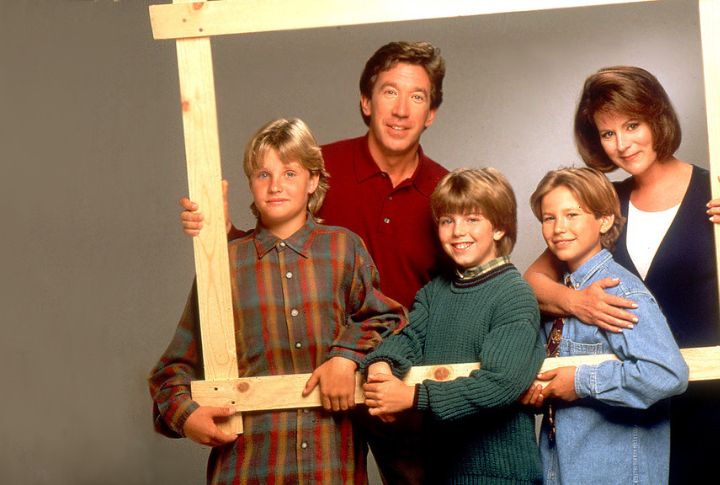
On the surface, “Home Improvement” was a wholesome sitcom about tools, family, and laughter. Behind the camera, however, it told a far messier tale. With hidden tensions, questionable humor, and behind-the-scenes drama, these disturbing details may change how you see the beloved series.
Jonathan Taylor Thomas’s Exit Sparked Controversy
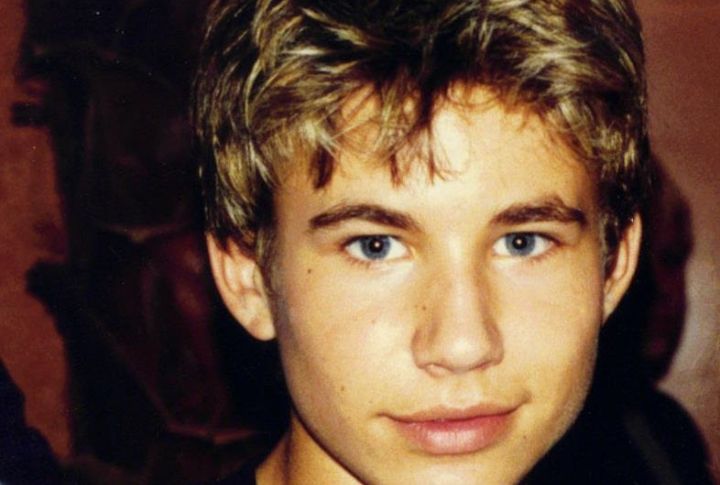
Jonathan Taylor Thomas left the series at its peak in 1998 to focus on his education, shocking fans and co-stars alike. Tim Allen, unhappy with his decision, made critical comments in interviews. This feud marked one of the most talked-about controversies in the show’s history.
Tim Allen and Patricia Richardson’s On-Set Friction
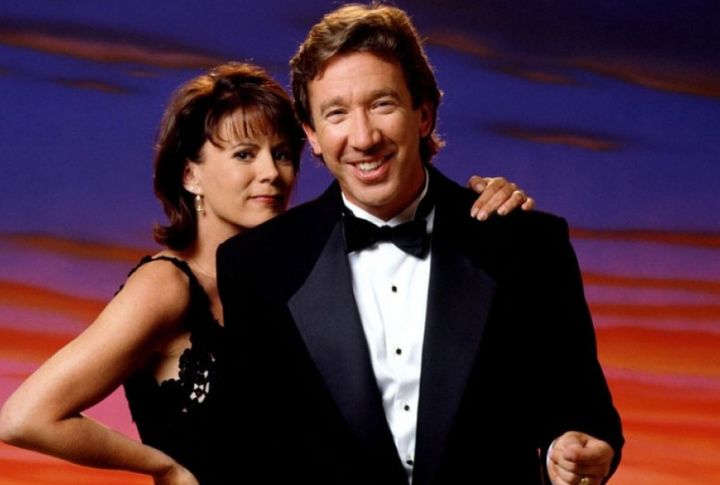
Tension simmered between Tim Allen and Patricia Richardson during filming. Creative disagreements and Richardson’s push for equal pay caused visible strain. While they maintained professionalism on-screen, off-screen arguments often threatened to derail production, adding complexity to their otherwise celebrated dynamic.
Tim Allen’s Shady Past Nearly Cost Him the Role
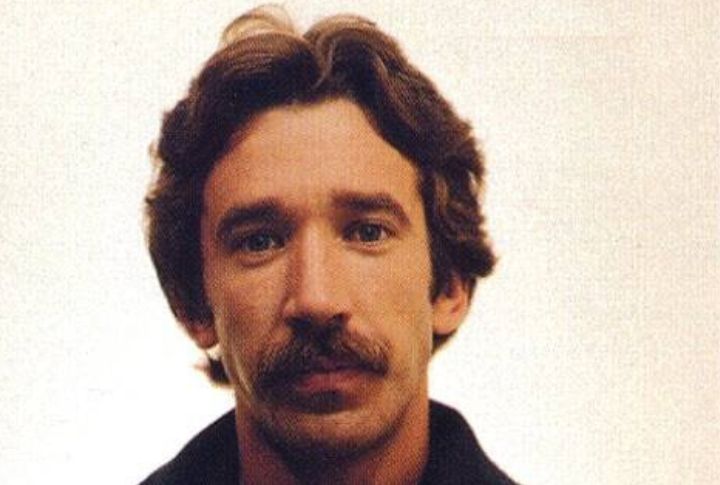
Tim Allen’s 1978 drug-traffic arrest posed a risk for his family-friendly role. Disney executives reluctantly approved him, but it wasn’t without hesitation. Allen’s reformation helped him secure the job, but his past cast a lingering shadow over the show’s reputation.
Why Patricia Richardson Called It Quits
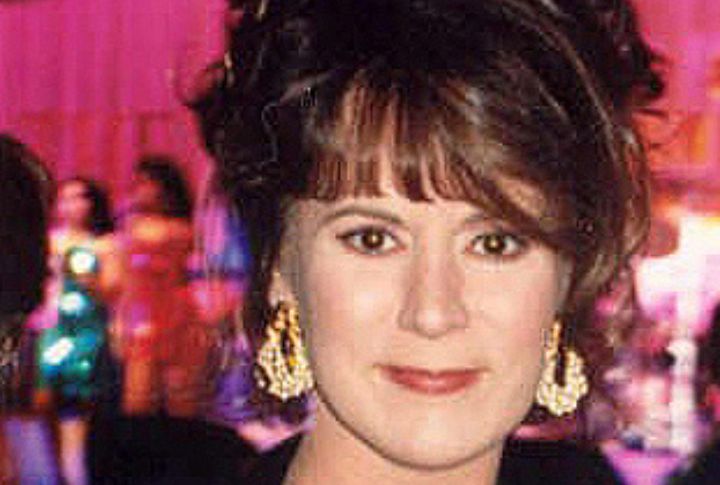
Patricia Richardson’s departure before the final season left fans puzzled. Burnout and dissatisfaction with repetitive storylines were her main reasons. She revealed later that the producers’ resistance to meaningful character growth was a deal-breaker, underscoring her desire to move beyond sitcoms.
Earl Hindman’s Hidden Face Wasn’t His Idea
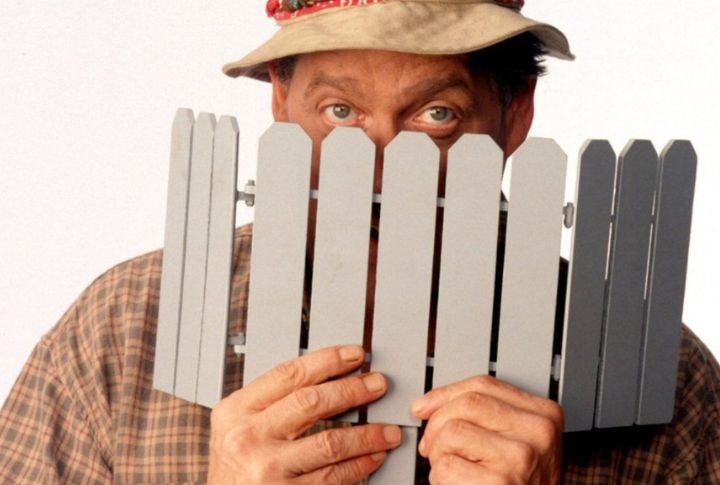
Producers, not the actor, decided to obscure Earl Hindman’s face. While Wilson’s mysterious persona added intrigue, Hindman expressed frustration over being the only cast member whose identity remained concealed. Despite this, he became one of the show’s most beloved characters.
Some Jokes Haven’t Stood the Test of Time

Several jokes from “Home Improvement” rely on outdated stereotypes. For example, Tim’s mockery of Al’s sensitivity reflected gender biases common in the 1990s. Critics have pointed out that these moments, once seen as harmless, now feel tone-deaf and misaligned with modern values.
Gender Stereotypes Defined the Taylor Household
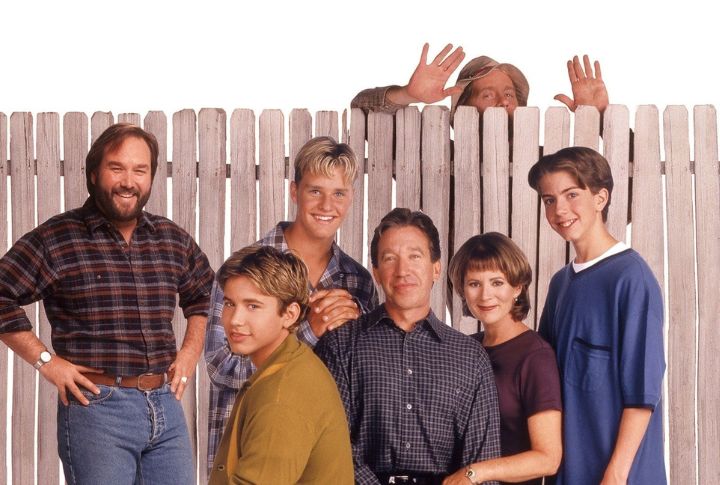
The Taylor family reinforced traditional gender roles, with Tim as the clumsy yet macho dad and Jill as the rational caregiver. Critics noted that this dynamic, though comedic, rarely challenged societal norms. Such portrayals left viewers questioning their influence on family expectations.
Salary Disputes Plagued the Final Seasons

Tim Allen’s significant pay difference from his co-stars created behind-the-scenes drama. Patricia Richardson fought for equal pay, a bold move in the 1990s. The disputes revealed Hollywood’s persistent wage gaps and left fans wondering if the show could have lasted longer with a fairer approach.
Tim Allen’s Legal Issues Cast a Shadow
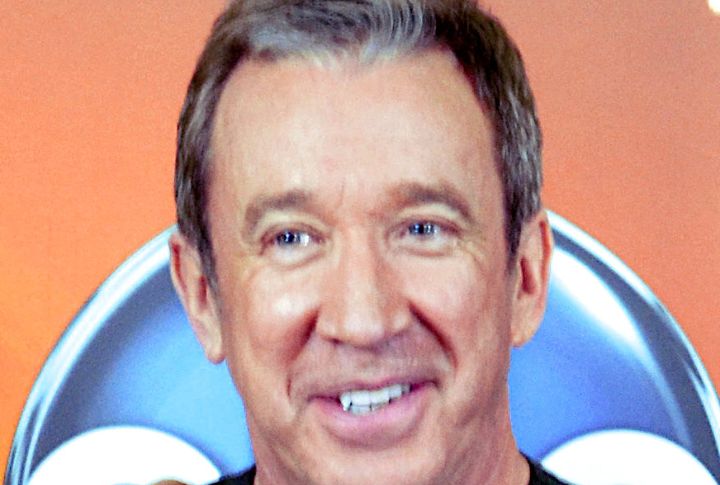
Allen’s legal troubles resurfaced during the show’s run, including a 1997 DUI. This led to increased scrutiny from both fans and executives. Producers worked hard to protect the show’s family-friendly image. Still, the incidents highlighted the tension between Allen’s public persona and his private life.
Child Stars Faced Fame’s Pressure
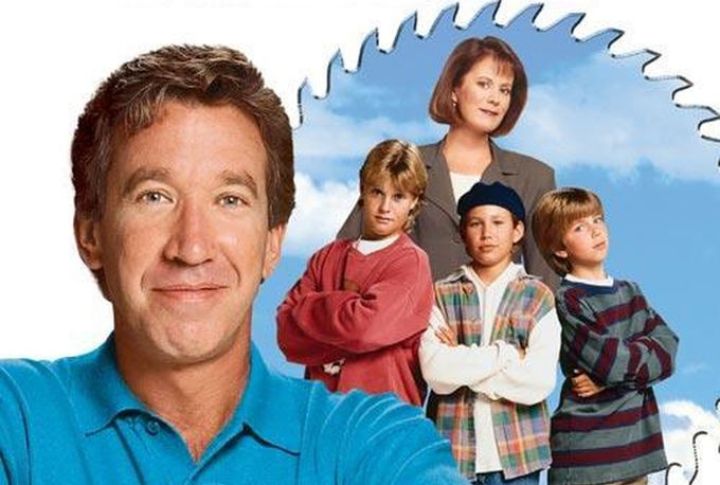
The three young actors playing Tim and Jill’s sons faced challenges balancing work and normal childhoods. Taran Noah Smith, for instance, struggled with adjusting to life after fame. Their experiences underscore child actors’ unique pressures in Hollywood’s relentless spotlight.
Heartfelt Storylines Hid Dark Inspirations
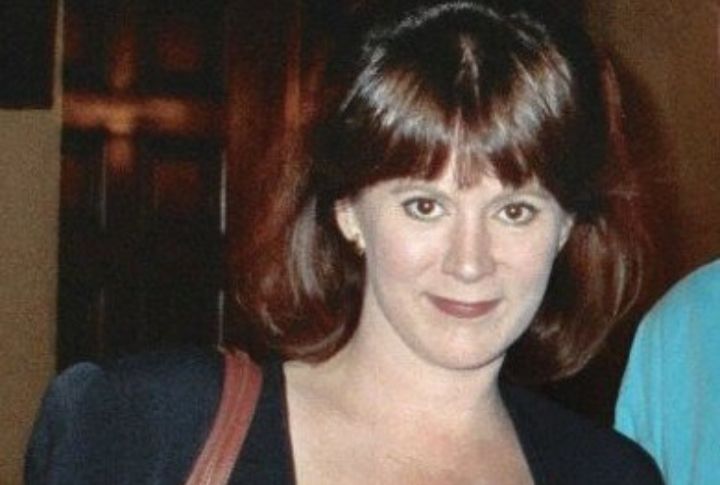
Some of the show’s emotional episodes drew from real-life events. Jill’s health scare mirrored the experiences of a writer on the team. While these stories resonated with audiences, their origins revealed the deeply personal struggles shaping what viewers assumed were lighthearted family moments.
Pamela Anderson’s Role Sparked Criticism
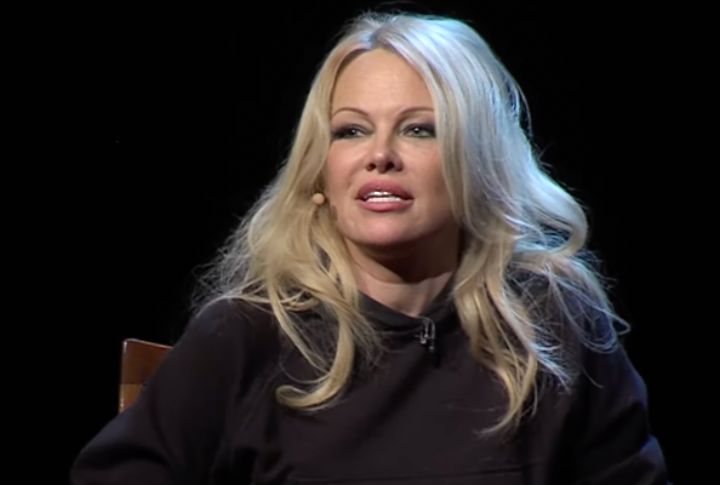
Lisa, Pamela Anderson’s character, faced backlash for reinforcing objectifying tropes. While her appearance as the original “Tool Time girl” gained popularity, many felt it sidelined her talent in favor of looks. Her subsequent departure highlighted the industry’s evolving attitudes toward women’s roles in media.
Al Borland Deserved Better Development
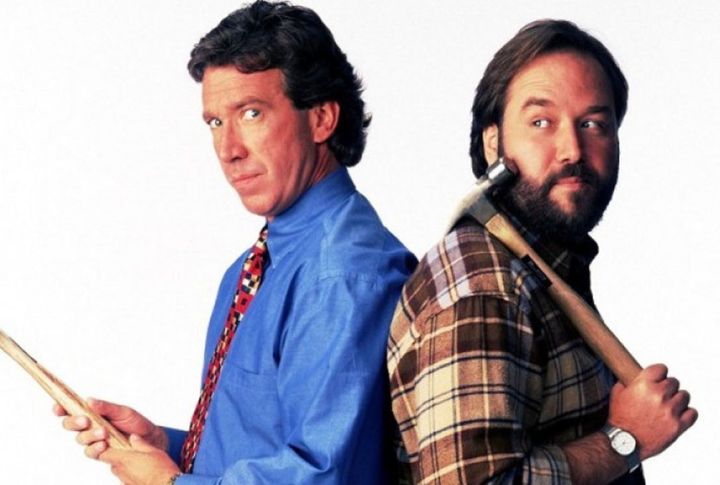
Al Borland, played by Richard Karn, became a fan favorite for his grounded personality. However, producers often sidelined his character in favor of Tim’s antics. Fans criticized the missed opportunity to explore Al’s depth, especially given his significant contributions to Tool Time’s success.
The Abrupt End Left Unanswered Questions

The show’s sudden cancellation in 1999 disappointed loyal fans. Creative fatigue, declining ratings, and unresolved salary disputes played a role. The lack of a proper conclusion left viewers speculating about what could have been if “Home Improvement” had ended on its own terms.
Network Influence Stifled Creative Freedom
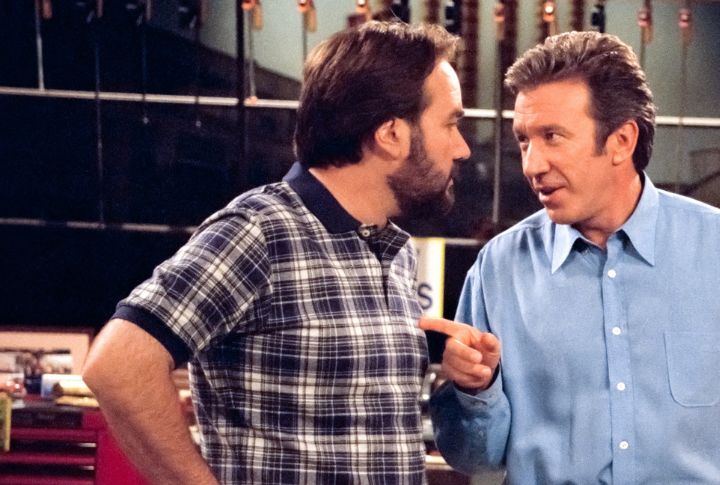
ABC’s strict standards shaped many of “Home Improvement’s” storylines. Producers avoided controversial topics, opting for safe, family-friendly humor. While this approach ensured the show’s popularity, it also limited its ability to explore more complex, socially relevant themes.
Episodes Tackling Social Issues Missed the Mark
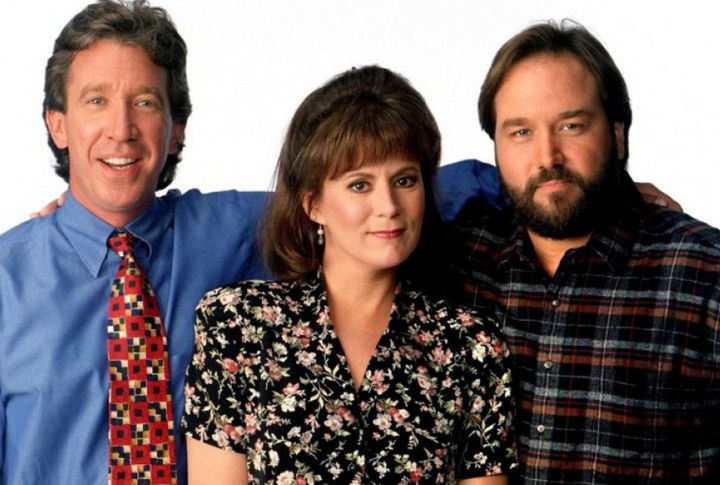
Episodes addressing gender equality or mental health often felt superficial. People noted that these attempts lacked depth, leaving important conversations incomplete. Fans hoped for more nuance, but the show’s format prioritized humor, resulting in lost opportunities for meaningful storytelling.
Tragedy Struck the Cast After the Finale
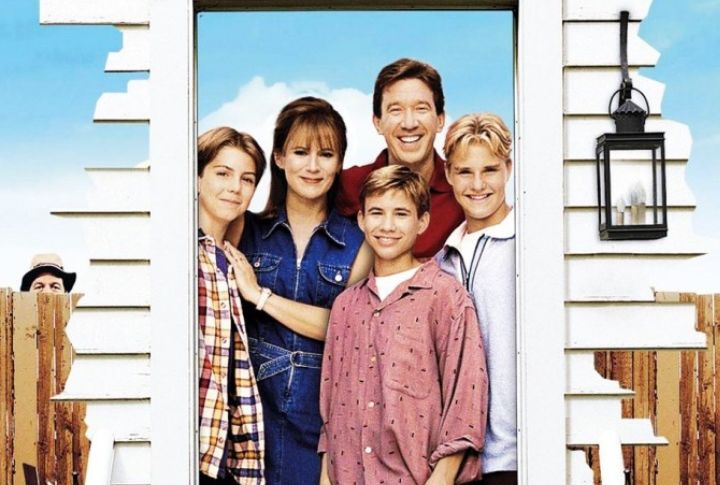
Earl Hindman’s death from lung cancer in 2003 was a heavy blow for fans and co-stars. As Wilson, he provided wisdom and heart to the series. His passing underscored the personal losses that cast members and fans alike faced after the show’s conclusion.
The Series’ Legacy Divides Audiences Today
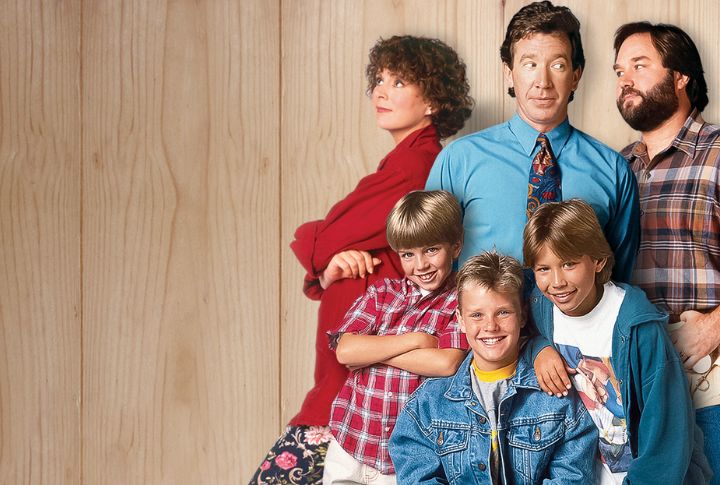
For some, “Home Improvement” remains a nostalgic classic. For others, its outdated humor and gender stereotypes detract from its legacy. This divide reflects broader cultural shifts and invites questions about how the series fits into modern conversations on representation and comedy.
The Taylor Family Set Unrealistic Expectations
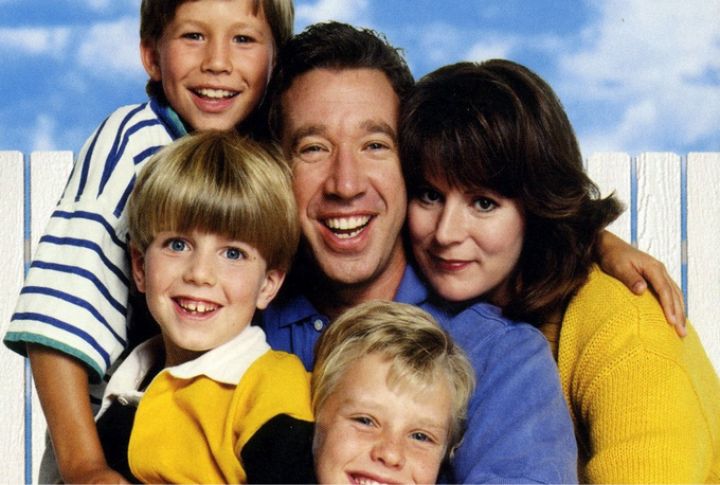
The show’s picture-perfect resolutions set high expectations for real-life families. Critics argued that these portrayals romanticized the struggles of parenting and marriage, offering simplistic solutions. While entertaining, the series shaped ideals that some viewers found unrealistic in their own lives.
Home Improvement Still Sparks Debates
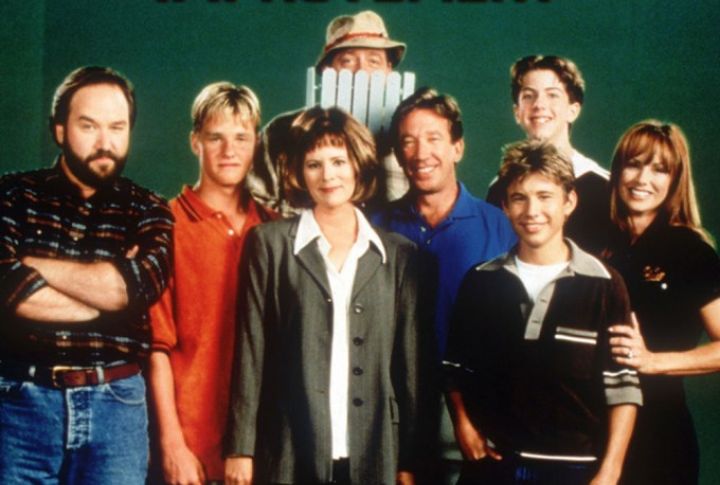
Even decades after its finale, “Home Improvement” continues to fuel discussions about its impact. Was it a comedic masterpiece or a problematic artifact of its time? The mixed legacy ensures that the series remains a topic of discussion for fans.

